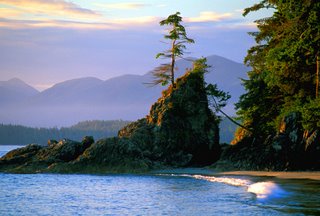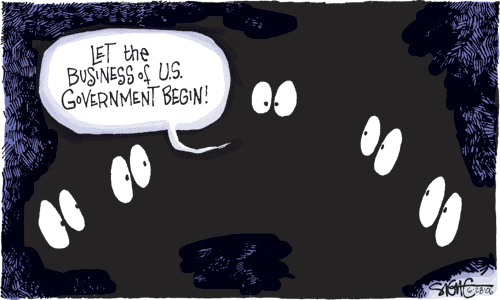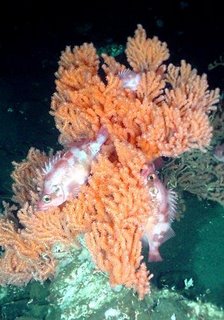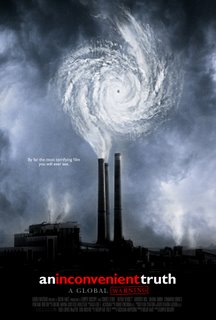
Orca-valaita pyritaan suojelemaan entista tiukemmin saannoin, silla ne ovat nyt uhanalaisia luontokappaleita. Seattlen laheisilla vesilla on miekkavalaiden ryhma, jonka elintila on uhattuna merenkulun, saasteiden ja rakentamisen takia. Uusista saannoista on heti tulossa taistelu eri eturyhmien valilla. Luonnosuojelijat sanovat, etta saannot eivat ole tarpeeksi tiukat, ja rakennusfirmat ym. pelkaavat lisaa saantoja, silla heidan on rikastuttava hinnalla milla hyvansa.
Mutta mita olisi Luoteis-Yhdysvallat ilman miekkavalaita? Lohia on myos suojeltava, silla jos lohet katoavat vesista, katoavat myos valaat. Lohia uhkaa liika kalastus, saasteet ja padot jokien ylajuoksulla.
Tyota riittaa.
Huge stretch of Sound protected for orcas?
By Lynda V. Mapes and Jonathan Martin
Seattle Times staff reporters
From the orcas' summer playground to their winter range, a vast stretch of critical Puget Sound habitat may soon be placed under new federal protection.
The National Marine Fisheries Service proposed Friday to protect one of the region's signature species with new restrictions on about 2,500 square miles of inland waters, including the Strait of Juan de Fuca, Haro Strait and the San Juan Islands.
The announcement immediately triggered controversy. Developers said they dread more regulation. Some environmentalists applauded the proposal but said it did not go far enough.
After a series of public hearings, the regulations could be final as soon as November and affect any action proposed within the designated habitat that needs a federal permit or is federally funded.
For instance, if a county or state government wants to build a dock or bridge paid for with federal funds, that project would need to be reviewed for its effect on orca habitat.
So could a county sewer plant, if it required a federal permit to discharge into a waterway, or a private development such as a gravel quarry, if it needed a federal permit.
Even government agencies such as the Army Corps of Engineers would have to consult with the fisheries service before taking any action that could harm the whale's habitat.
Enough protection?
The killer whales were classified as endangered last year. The so-called Southern Resident whale population peaked in the 1990s at 97 animals, then declined to 79 in 2001. Today, there are about 90.
The proposed designation would protect miles of inland waters not already covered by the Endangered Species Act listing of Puget Sound chinook. That habitat designation protects only near-shore areas, to a depth of 90 feet.
The killer whale proposal covers almost the entire Sound — from the deepest waters, all the way to the shoreline to a depth of 20 feet.
Some environmentalists, however, said that is not enough. It leaves out the very shallow, near-shore waters, essential for salmon — one of the orca's favorite foods.
The proposed boundary "appears to be limited to the areas where orcas actually go, and does not appear to include critical habitat for what the orcas eat," said Kathy Fletcher, executive director of People for Puget Sound. "This is important because Puget Sound is an ecosystem the orcas need, they don't just need the water to swim in.
"But I am encouraged they really are looking at the large areas the whales occupy, as opposed to just little spots where they tend to concentrate."
Military areas were excluded, however. And so was Hood Canal, because the whales, according to the agency, don't go there.
Effects on development
Those with development interests were astounded by the scope of the proposal.
"We are not measuring in acres, we're measuring in square miles," said Russell Brooks, attorney with the Pacific Legal Foundation, which has filed suit to overturn the orca's endangered listing.
He fears new costs and delays for development. "You are looking at more time and expense. A lot of times, developers will say 'forget it' and go home."
Tim Harris, general counsel for the Building Industry Association of Washington, which has joined the suit against the ESA designation, called the proposed habitat designation "sweeping."
"I don't think this is really about the orcas, it is about preventing development and any uses along the shoreline of the entire Puget Sound."
But Fletcher, of People for Puget Sound, sees direct economic benefit in protecting the orcas' home: "The economic value of saving salmon and orcas is huge. Anyone's claim that this is an economic negative is absolutely ignoring the value of our wildlife and environment to the quality of life in our state."
Other impacts
The Coast Guard, which oversees Puget Sound shipping lines, will be tracking potential impacts of the proposal on commercial traffic, said Lt. Commander Jason Tama.
With about 200,000 large-vessel trips each year in the Sound, changes to well-established marine highways and vessel-operation regulations to protect the orca could have other environmental or safety impacts, he said.
"It's something that would have to be carefully considered," said Tama, head of the Coast Guard's waterways-management division in Seattle.
Orcas are actually the largest form of dolphin. The Southern Residents spend much of their time in the Pacific Ocean. They travel back and forth via the Strait of Juan de Fuca, and in summer months cruise the waters of Georgia Strait, from the Canadian border south all the way to Deception Pass. In fall and winter, they rove the inner waters of Puget Sound, south of the pass, covering some 859 miles.
They can be quite long-lived, with life spans like our own. The oldest of the Puget Sound orcas is a female in her 90s named "Granny," Fletcher said. Males are generally larger than females and can reach almost 30 feet and weigh more than 15,000 pounds.
Biologists are encouraged by the recent uptick in population but remain concerned about water quality, the effects of boat traffic and the animals' food supply — especially salmon.
Orca experts on Friday said the whale-watching industry is not likely to be affected by the designation. Anna Hall, head of Whale Watch Operators Association Northwest, said her group has no fear of a negative economic impact.
As big as the proposed protected area seems now, it may need to be bigger, said David Bain, a University of Washington researcher who has spent years studying the orca.
The protected animals are believed to migrate north into Canadian waters and as far south as California's Monterey Bay. Better research on the orcas' travels will show the need to protect that entire habitat, he said.
"The limits of the designation may simply reflect the limits of our knowledge."
Lynda V. Mapes: 206-464-2736 or lmapes@seattletimes.com
Copyright © 2006 The Seattle Times Company


















